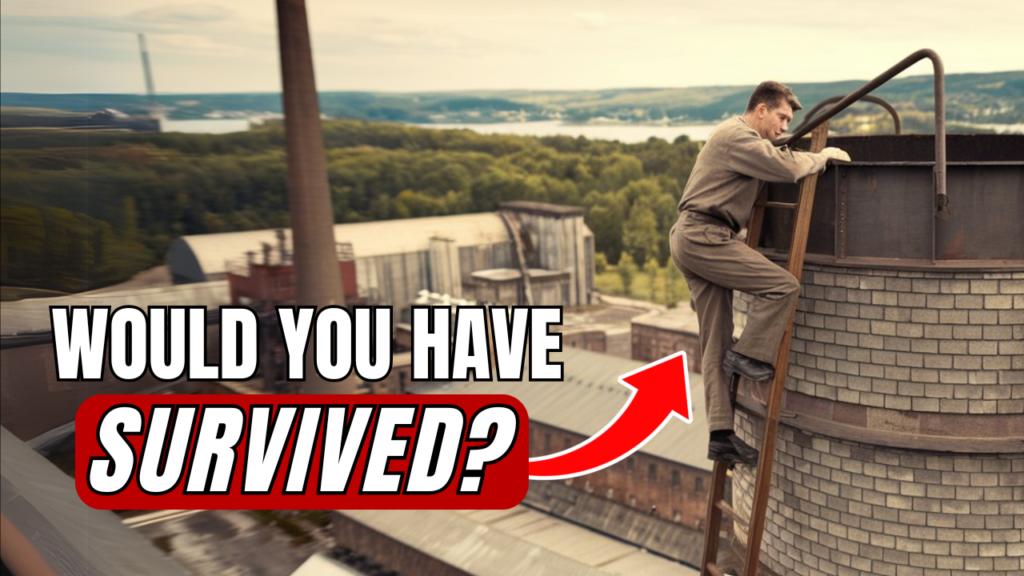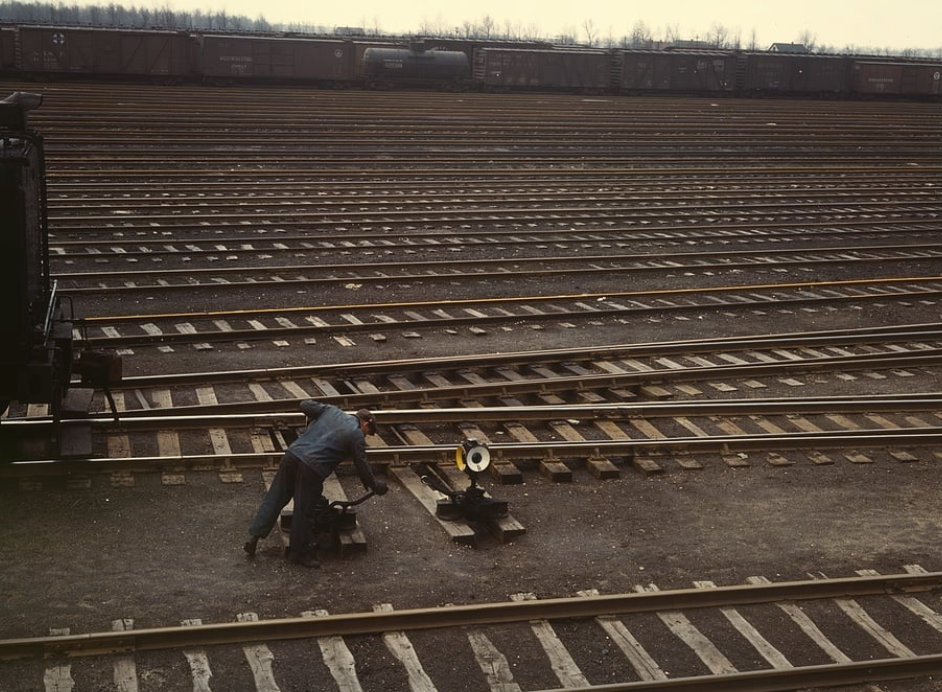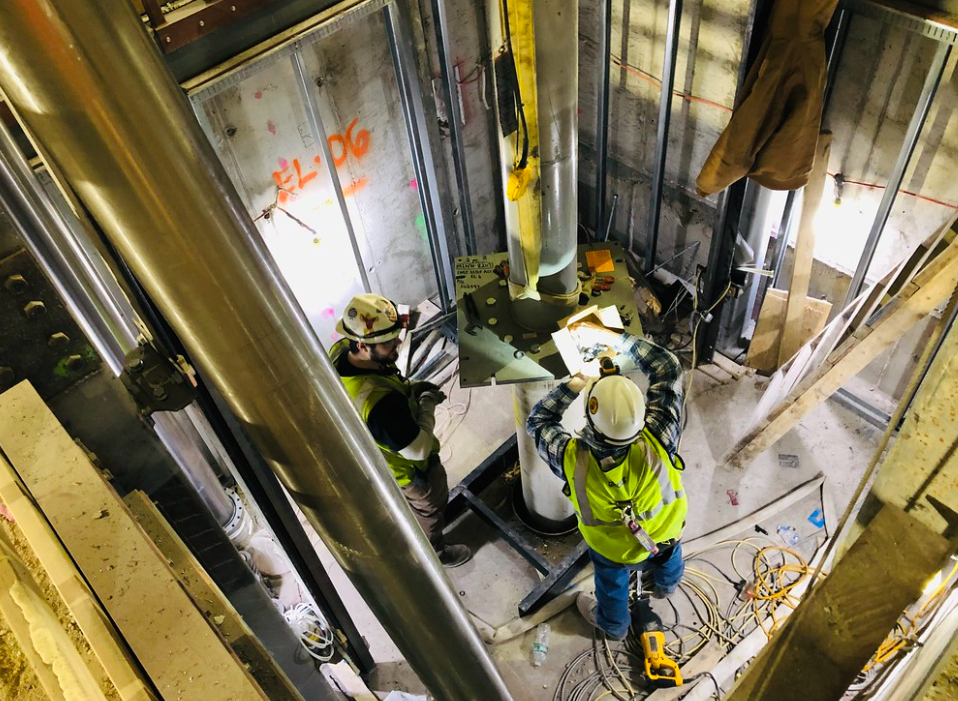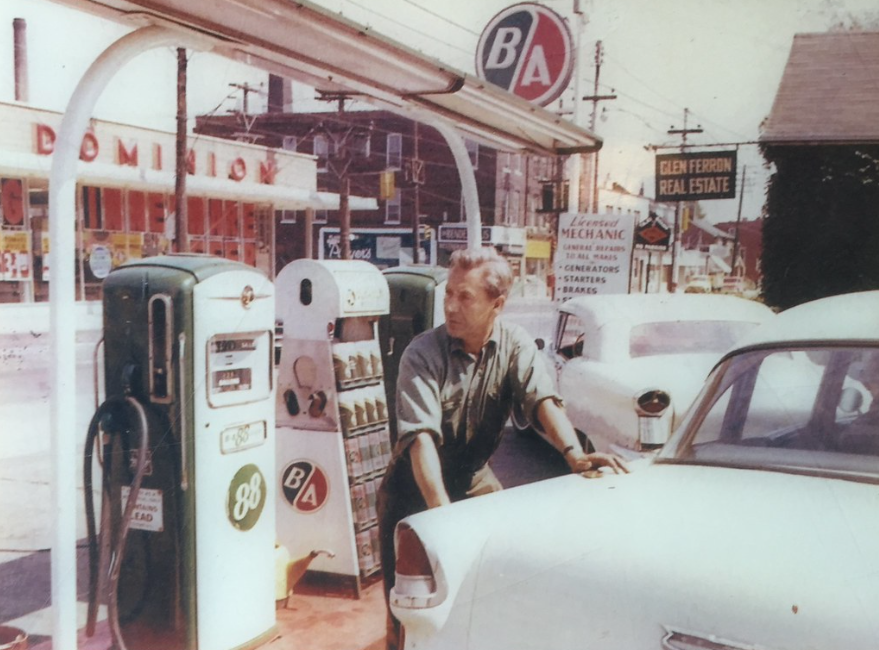
Remember when your biggest workplace complaint was the mystery lunch thief in the break room fridge? Well, buckle up for a nostalgic journey to the professional death traps of yesteryear. The 1970s weren’t just the era of disco and polyester—they were the golden age of occupational hazards that make today’s papercut injuries look positively adorable.
18. Asbestos Miner

Imagine clocking in each morning to mine a material that would eventually destroy your lungs. Asbestos miners were essentially collecting their future medical diagnoses with each shovelful. By the 1970s, whispers about this miracle mineral’s deadly effects were circulating, but regulations moved with extreme slowness. Strict rules finally emerged in the 1980s, with bans only starting in the 2000s (because apparently determining that breathing asbestos is harmful required several decades of careful consideration).
17. Steel Mill Hot Roller

If you’ve ever complained about your office thermostat wars, spare a thought for the folks who shaped molten metal while standing next to 1,000°C infernos. These industrial workers faced conditions that would make most people run the other way, with their sweat evaporating instantly. Burns, crushing injuries, and heat exhaustion weren’t workplace incidents—they were Tuesday. Robots eventually took over in the late ’70s, marking one of history’s few instances where “my job was automated” was met with thunderous applause.
16. Chemical Plant Worker

Chemical plant workers in the ’70s handled terrifying substances with minimal protection. They moved through clouds of benzene, lead, and assorted harmful compounds with shocking casualness. Workers developed collections of rare cancers and neurological issues as a result. Safety regulations eventually improved, though far too late for many workers who had already suffered irreversible health damage.
15. Factory Worker on Assembly Lines

Assembly line workers faced the daily challenge of keeping their limbs attached while operating dangerous machinery. Between deafening noise and exposure to industrial solvents, these workers navigated workplaces where “survived another shift” was a legitimate daily achievement. The automation that eventually replaced humans in many of these positions likely saved countless injuries.
14. Railroad Switchman

Railroad switchmen guided full-sized trains with minimal protection. These workers manually directed trains with little more than careful timing and situational awareness. Getting caught between cars resulted in catastrophic injuries. Computers eventually took over the switching, removing humans from this dangerous position.
13. Elevator Operator

Before reliable automatic controls, elevator operators manually controlled these vertical transportation boxes. The job came with risks like potential falls during power outages or injuries from malfunctioning doors. While perhaps not as immediately lethal as other professions on this list, being trapped in small boxes making awkward small talk with strangers was its own special kind of psychological torture (not tracked in workplace injury statistics, but surely substantial).
12. Elevator Installer

Installing elevators was like participating in a deadly obstacle course. These technicians worked in partially constructed shafts with minimal safety protocols. They faced serious risks: falls, electric shocks, or being crushed by counterweights. Modern harness systems have since made the job significantly safer.
11. Radioactive Material Transporter

Transporting radioactive materials in the ’70s was approached with insufficient caution. These workers handled substances that could cause serious long-term health effects with inadequate protection. Today’s transporters benefit from containment vessels and protocols designed with actual understanding of radiation risks.
10. Switchboard Operator

Before automated phone systems, switchboard operators (primarily women) manually connected calls by plugging cables into the correct slots. During storms, these boards could conduct electricity, with lightning strikes sending dangerous currents through the system. The profession became obsolete when computers took over, which was probably safer for everyone involved.
9. Telegraph Operator

Telegraph operators faced repetitive strain injuries and electrical hazards. Using Morse code, these workers tapped out messages while working with equipment that occasionally delivered electrical shocks. By the 1970s, the profession was already disappearing as telephones and fax machines made telegrams obsolete.
8. Film Projectionist

Film projectionists handled highly flammable nitrate film in small, enclosed rooms with hot projection lamps—creating serious fire hazards. One small error could start a dangerous fire. Digital projectors eventually made the profession obsolete, much to the relief of fire departments everywhere.
7. Chainsaw Logging

Chainsaw logging combined dangerous tools with unpredictable falling timber. These workers faced severe injury risks with minimal protective equipment. Safety gear was basic at best, while kickback injuries were common and often severe. Harvesting machines eventually took over many logging operations, operated from the safety of enclosed cabs.
6. Coal Shoveler

Coal shovelers faced immediate physical strain and long-term respiratory damage. These workers manually loaded coal in dark conditions with poor ventilation. Working in these conditions led to black lung disease for many. Automated equipment eventually replaced human shovelers, though many had already suffered irreversible health damage.
5. Longline Fishing

Longline fishermen faced some of the most dangerous working conditions imaginable. These workers balanced on unstable decks while managing heavy equipment, with constant risk of drowning. Equipment failures, entanglement, and severe weather were regular hazards. While technology has improved safety somewhat, commercial fishing remains among the most dangerous professions.
4. Smoke Stack Cleaner

Smoke stack cleaners scaled industrial stacks to clean toxic residues while breathing harmful substances and working at extreme heights. Safety equipment was minimal, with respiratory protection that provided little actual protection. Mechanical cleaning systems eventually replaced most human cleaners.
3. Ship Breaker

Ship breakers dismantled massive vessels containing asbestos, lead, and other toxic materials with minimal protection. These workers took apart ships using dangerous techniques that regularly led to serious injuries. Regulations eventually improved conditions, though not before many workers suffered debilitating injuries or long-term health effects.
2. Linotype Operator

Linotype operators worked with machines that melted lead alloy to cast lines of type, facing risks of lead poisoning and burns from molten metal. Burns were extremely common in this profession. Digital typesetting in the 1970s made these dangerous machines obsolete, allowing for safer text production.
1. Full-Service Gas Station Attendant

Gas station attendants spent shifts breathing petroleum fumes while working among moving vehicles. These workers handled volatile fuels with minimal protection, exposing themselves to carcinogens daily. The oil crisis of the late 1970s pushed stations toward self-service, reducing the number of workers in this hazardous position.





















